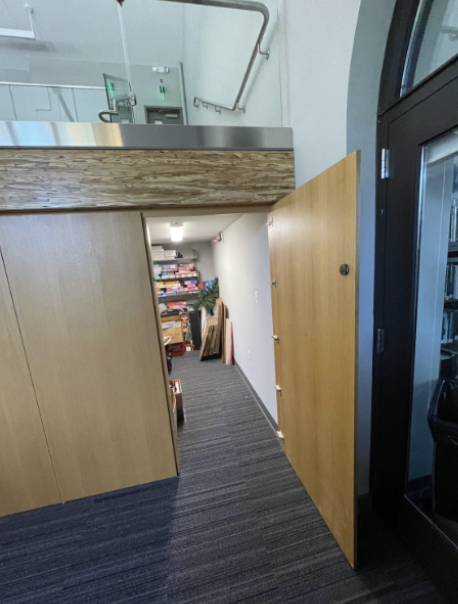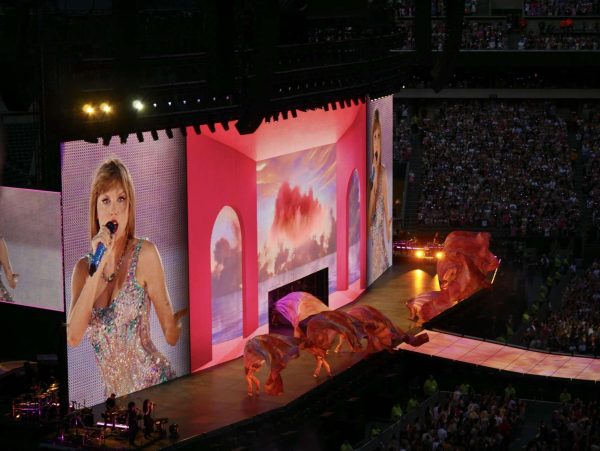Google Glass Brings Form and Function
March 2014
The technology in our world seems to get better and better by the day! A new phenomenon in America is a piece of technology called the Google Glass. Known primarily for its search engine, Google has broadened its horizons with this concept, introduced in April 2012.
These glasses are not just any regular glasses. They have a multi-purpose camera that can take and send pictures and videos, along with a feature similar to the Apple iPhone’s Siri that allows you to ask questions and search the web. In addition, the glasses can be prescribed as normal glasses. The device that allows you to do things such as take a video and pictures is not the glasses themselves, but rather a smaller device that can be attached to any of the regular Google frames you choose. There are also specially-made lenses that have a built-in space for the device.
This new technology has potential benefit for many activities, such as snowboarding. Matt Tornek ’17 reflected on these possible benefits: “It would make snowboarding much easier because I wouldn’t have to mount the camera on my helmet. I would just be able to wear the glasses under my goggles. Also, I could share the pictures and videos that I take much more easily.” Although the Glasses could be useful in sports such as snowboarding and skiing, others expressed concerns about how the Glasses would work with other sports. Andrew Jaworski ’17 explained how it could be difficult to use in some sports. “I do think it would be good for action sports because you could get good quality pictures. However, in the heat of the game, I would not want them in the way.”
The Google Glasses are seemingly simple, yet some people believe that they could be more of a hassle than how they appear to be, especially if Glass was activated by accident in conversation. If you are in a loud place like a concert, and you want to take a video, you may be unable to control it in a loud environment. Another possible concern for some is the durability of the device. How can you ensure that the camera won’t disconnect or break if you fall?
Although there are questions about the use of the glasses in sports, that is not their only use. Matt Denney ’17 further considered the positive side of having the Google Glass technology in everyday life: “I really like the concept of the Google Glasses and would love to try them out. It would be helpful, for instance, if I were on vacation and I was wearing my glasses, instead of having to get out my phone or my camera, I could just tell the Glasses to take a picture. It would also be helpful if I was walking somewhere or in the car to be able to pull up directions right there, so that I wouldn’t have to go through the hassle of a navigation system or Mapquest.”
For people that wear glasses everyday, this could really be a useful device. In one of the introduction videos to the Google Glasses, Timothy Jordan, Developer Advocate for Project Glass, shared the vision for the device saying, “We want you to be able to access to the technology that you love, without taking you out of the moment.” Although Google wants you to be able to do this as soon as possible, for right now the Glasses are only available by invite with a $1,500 price tag, not including tax.
Although the glasses have their ups and their downs, they are still a major progression and a creative invention in technology today.
























